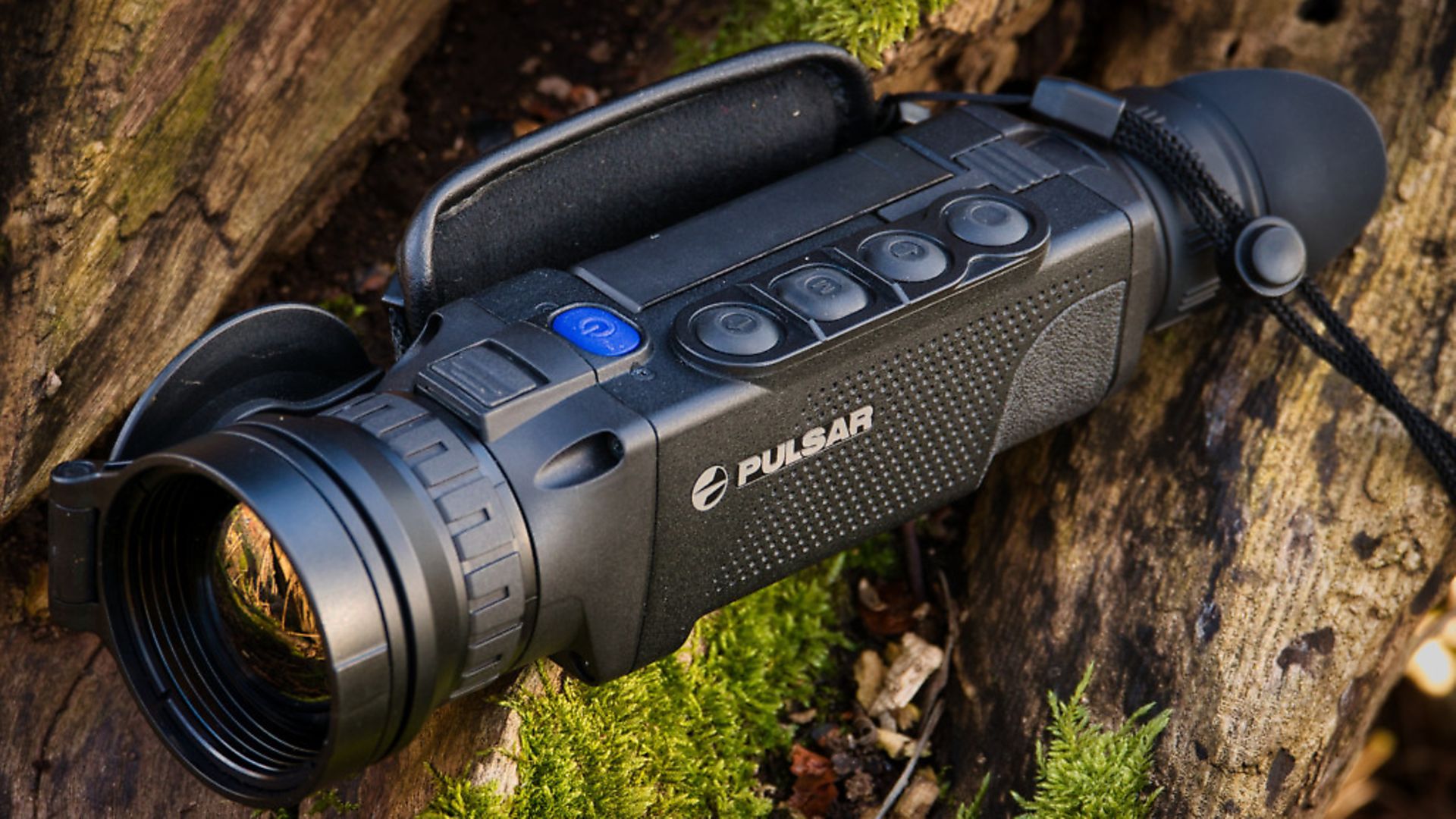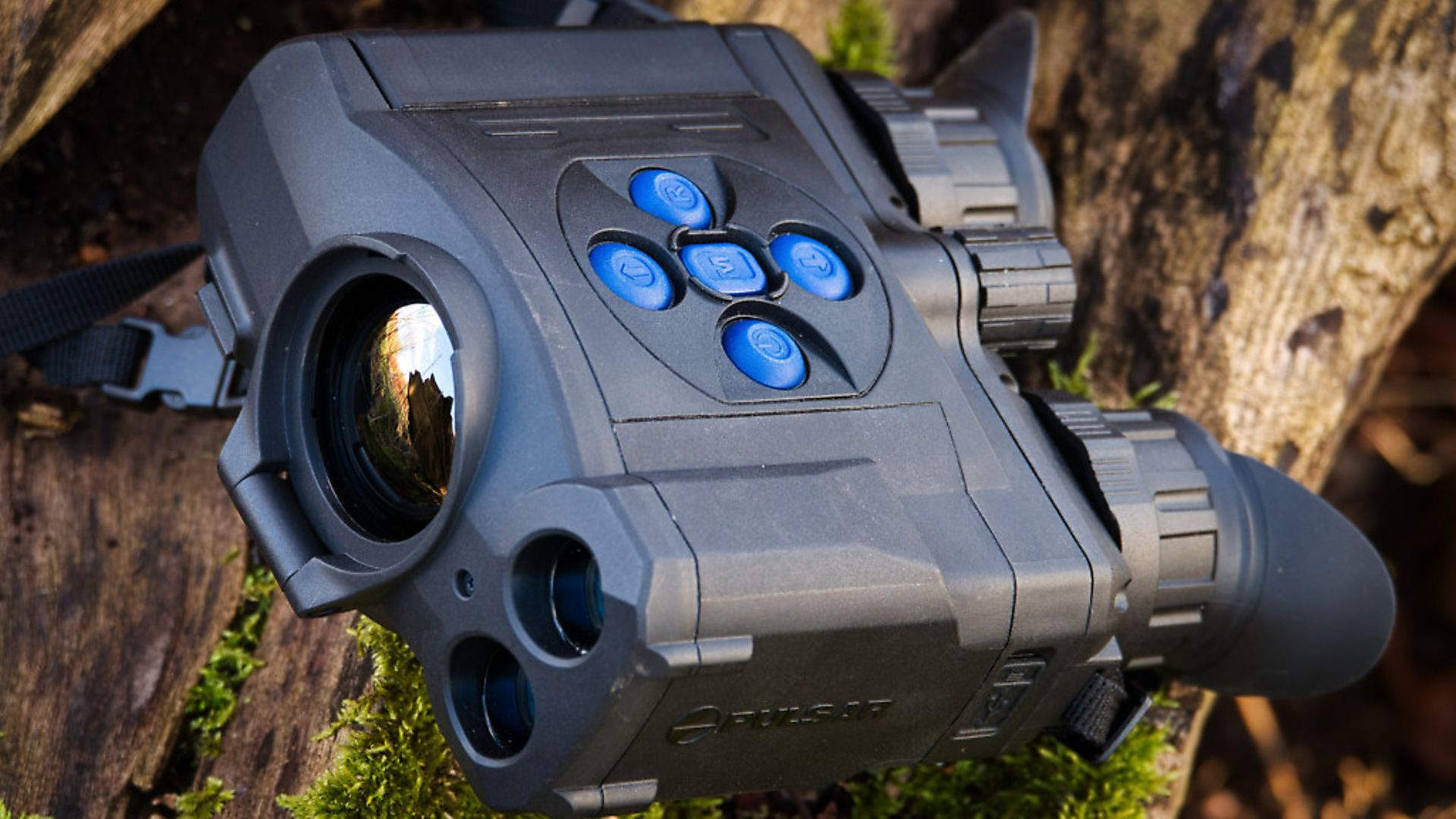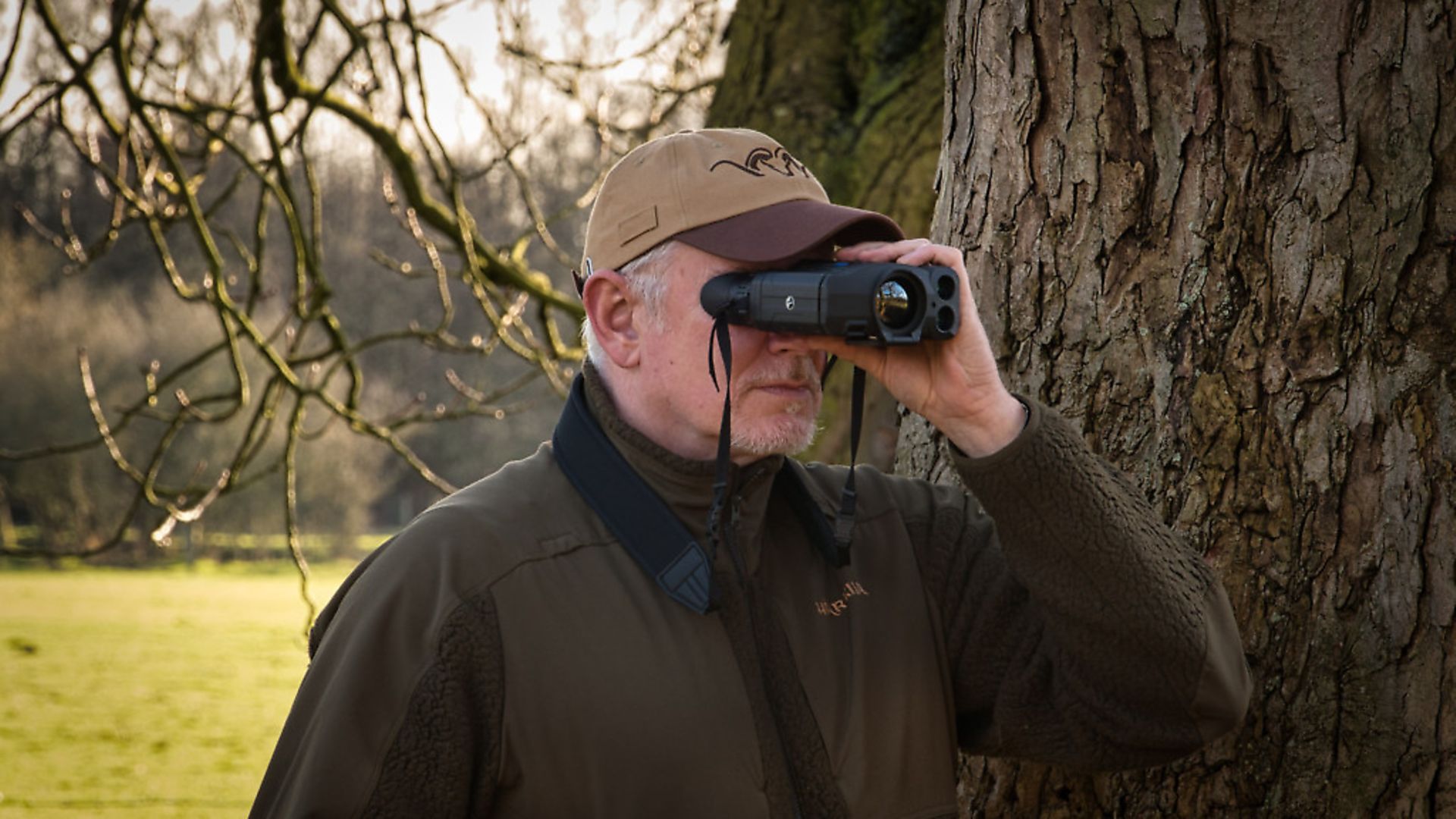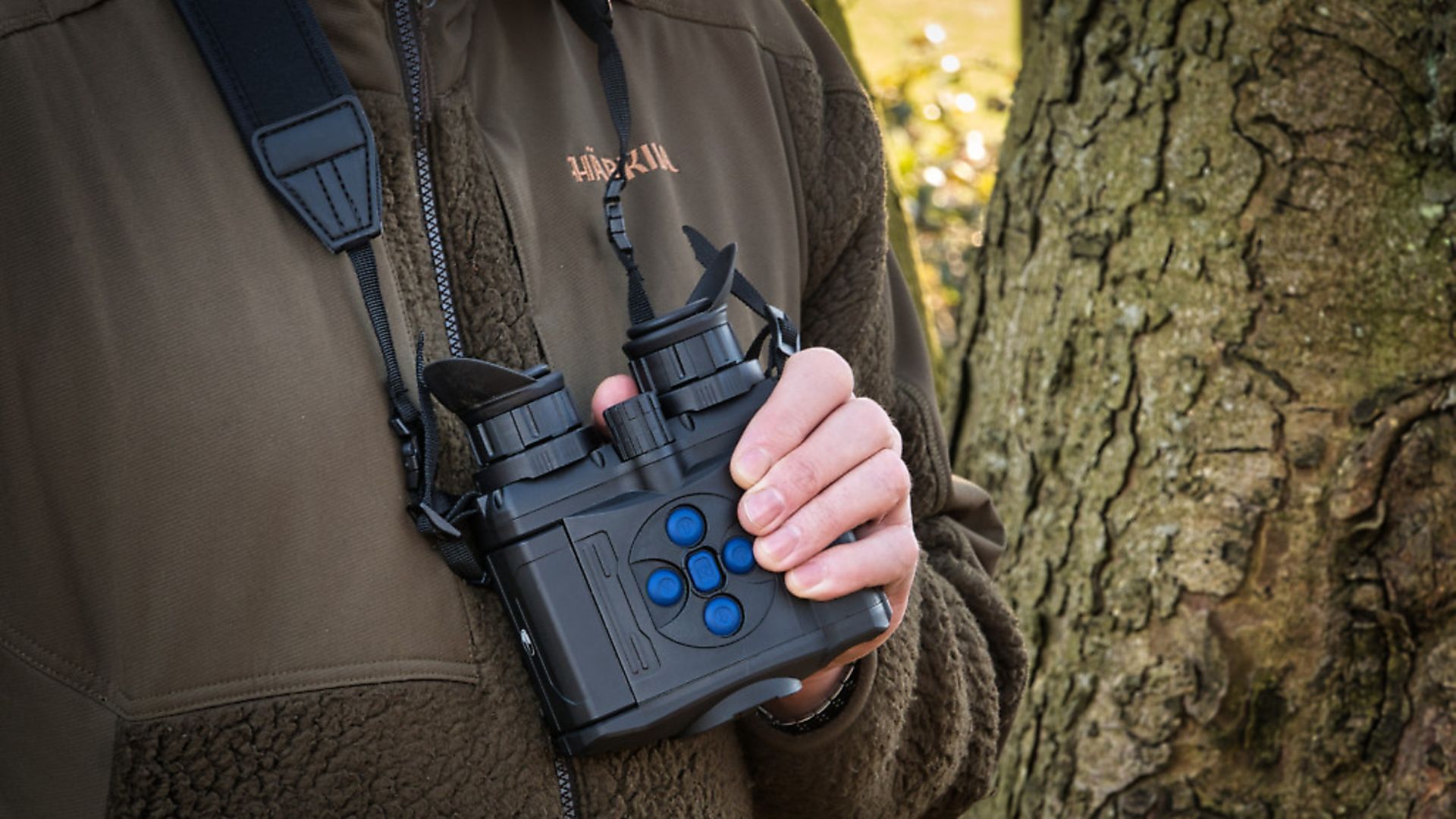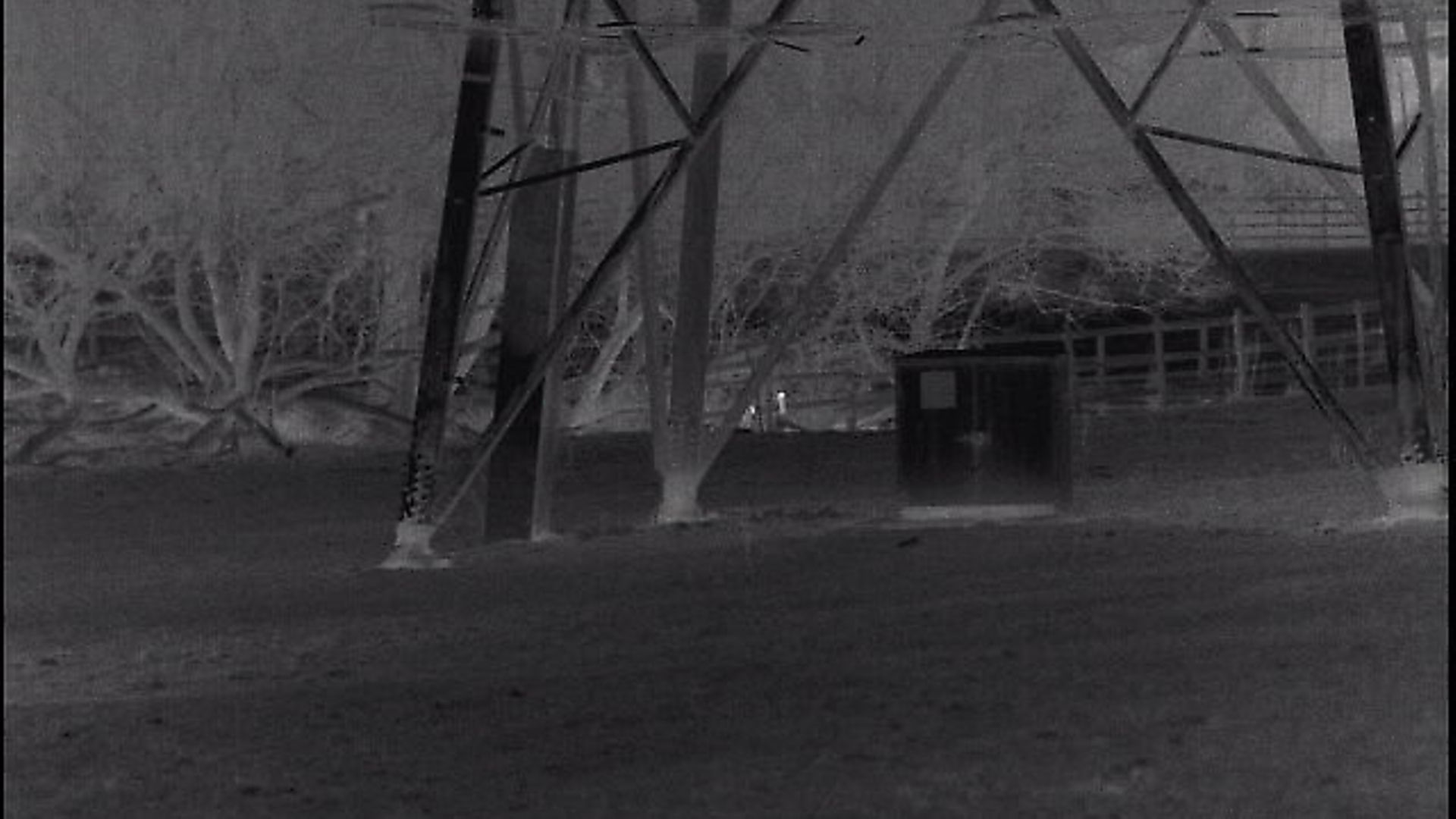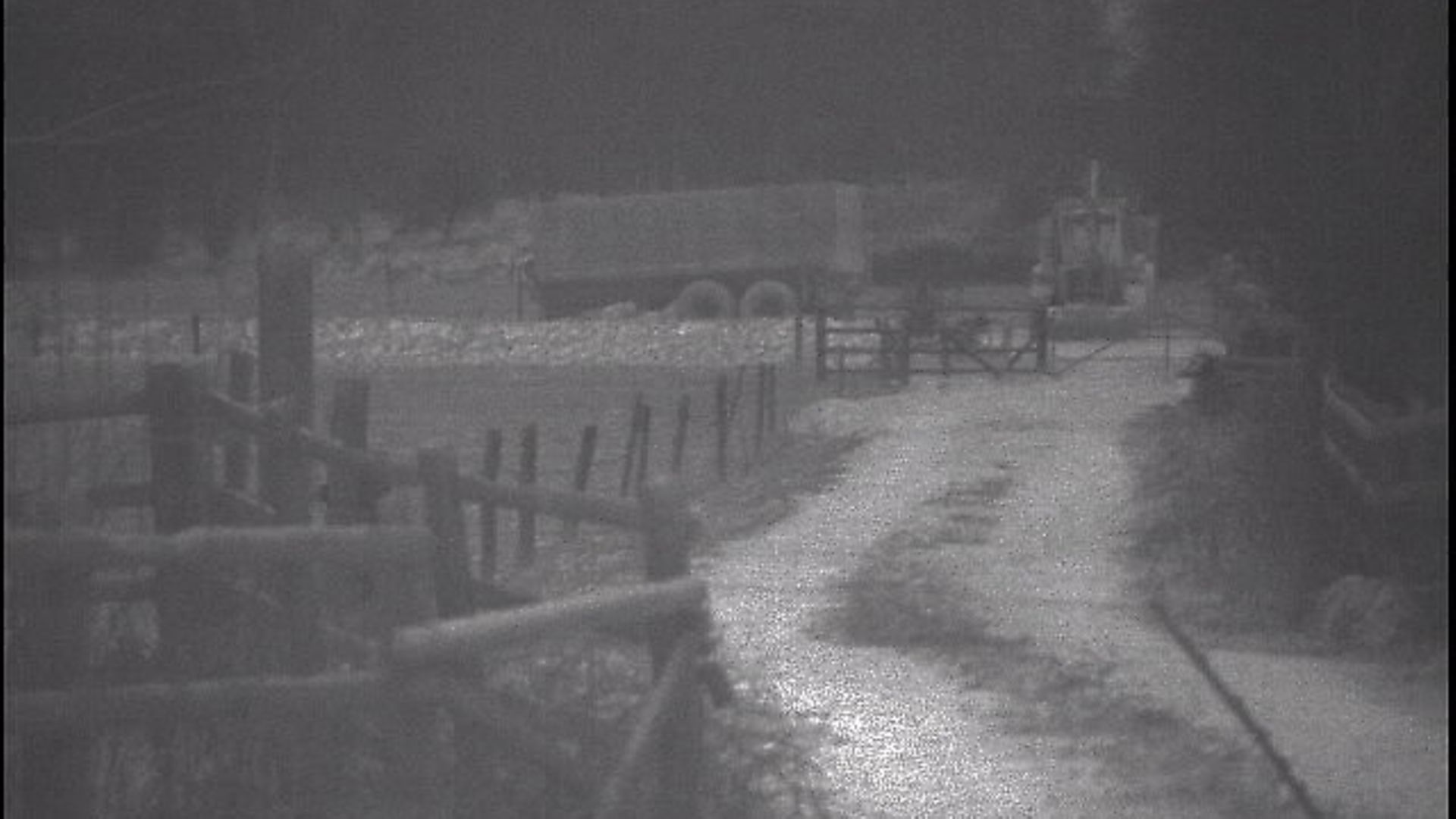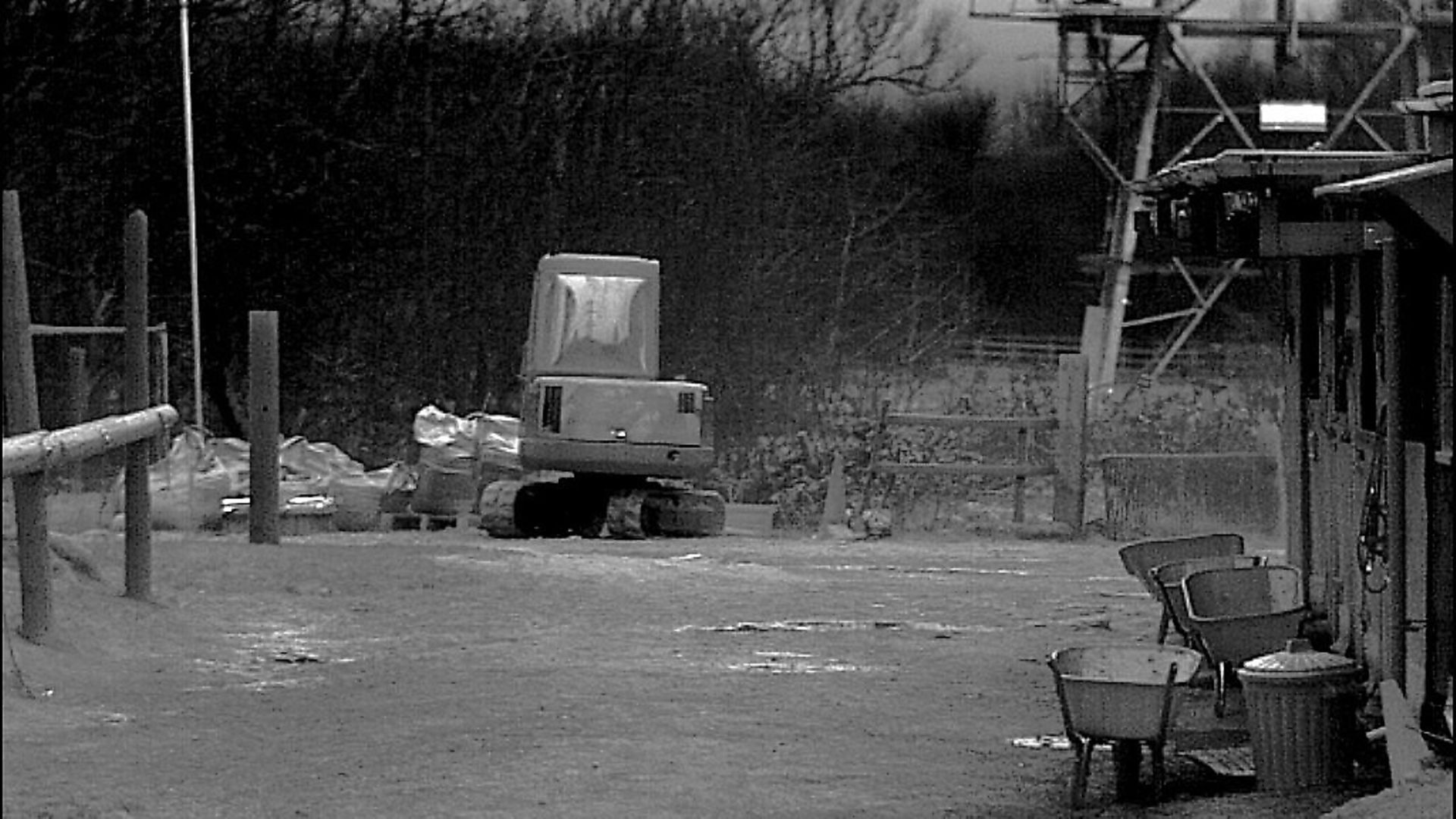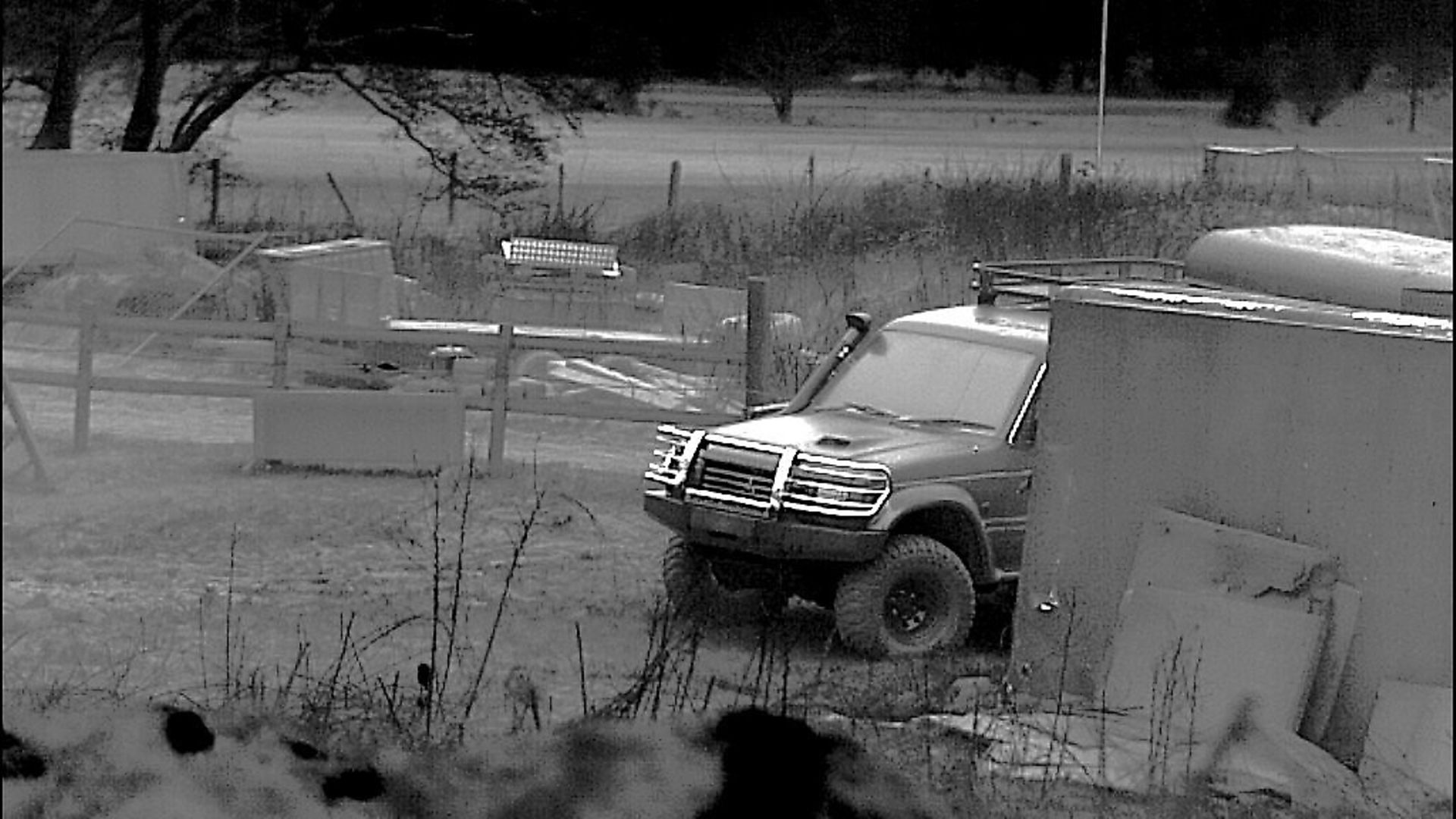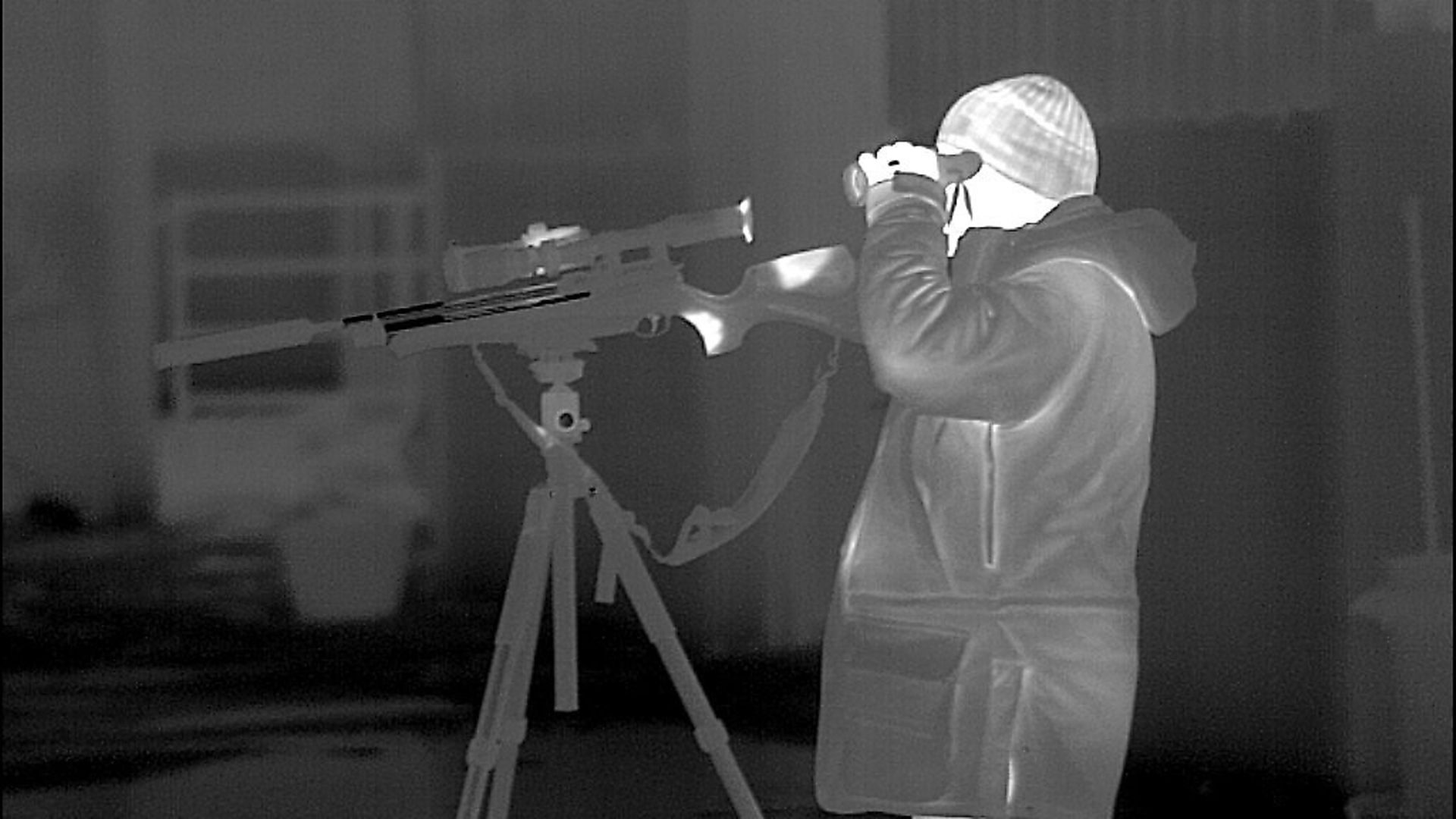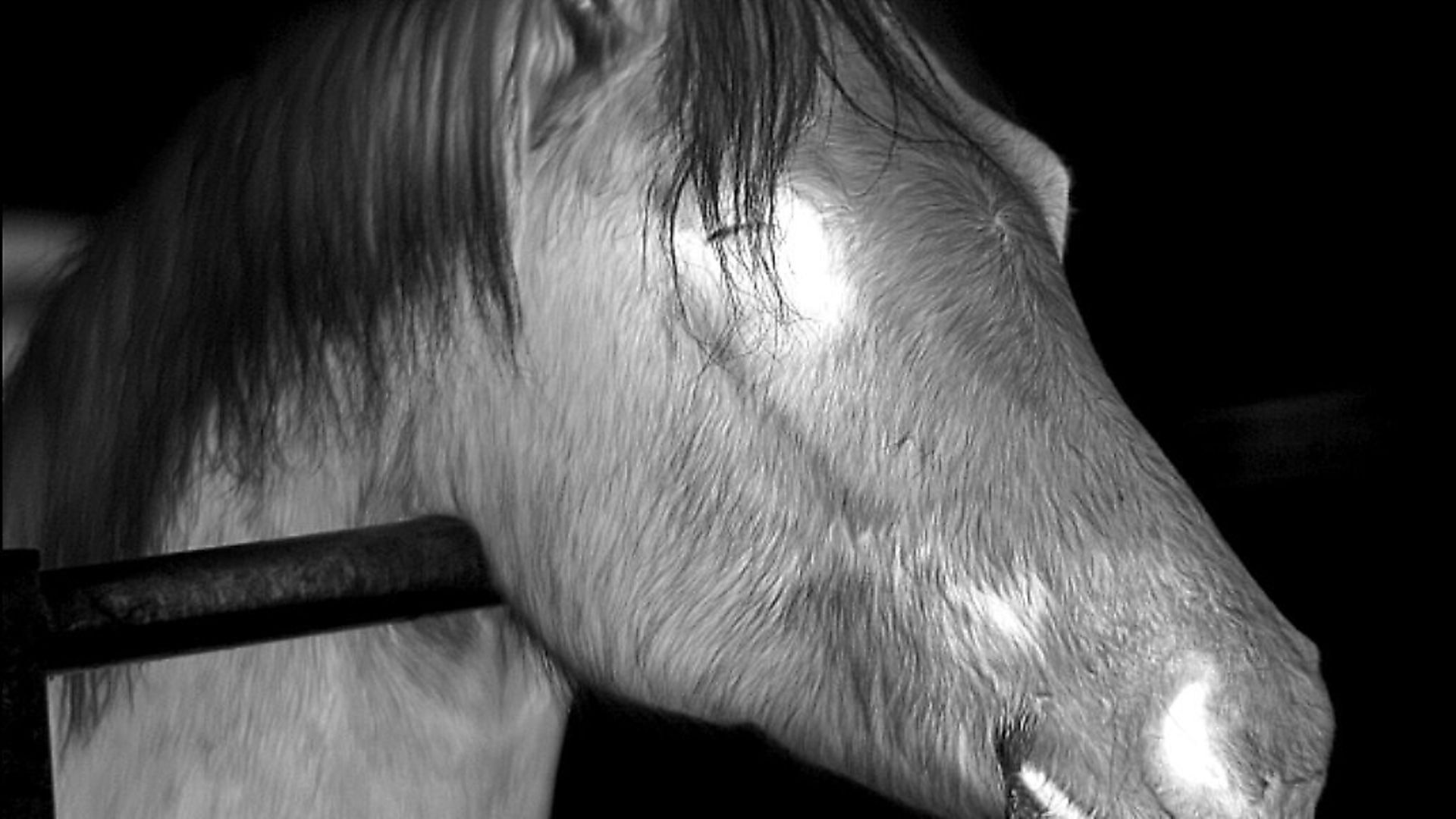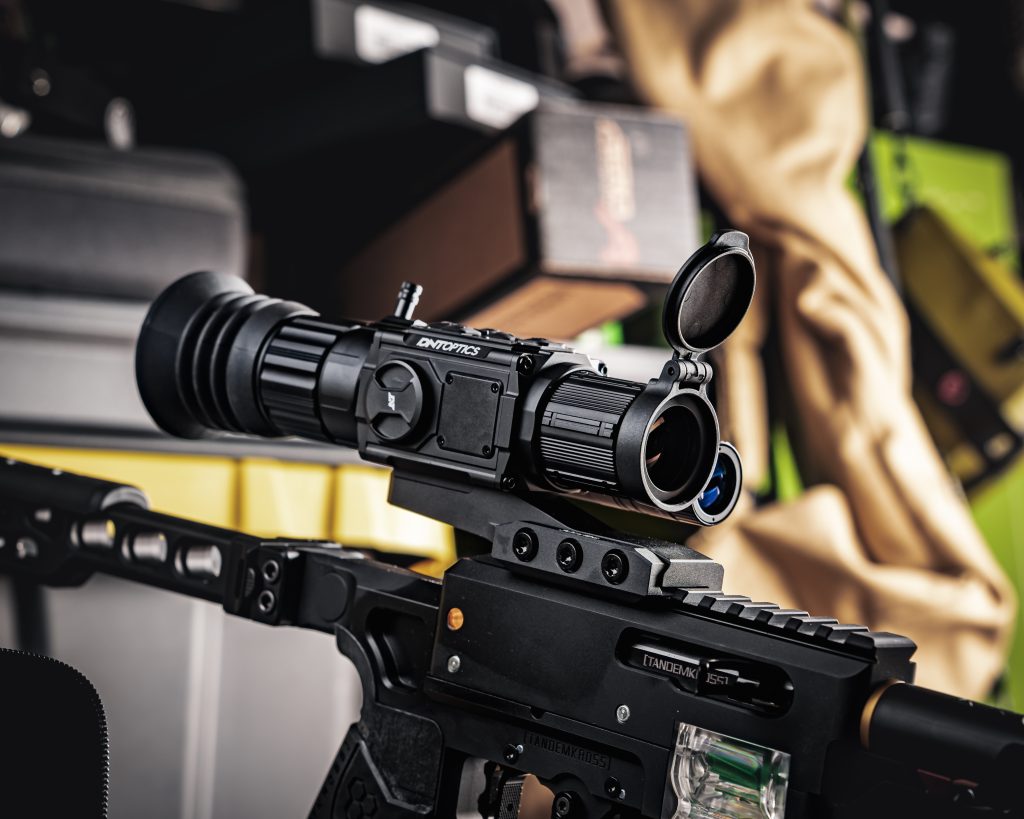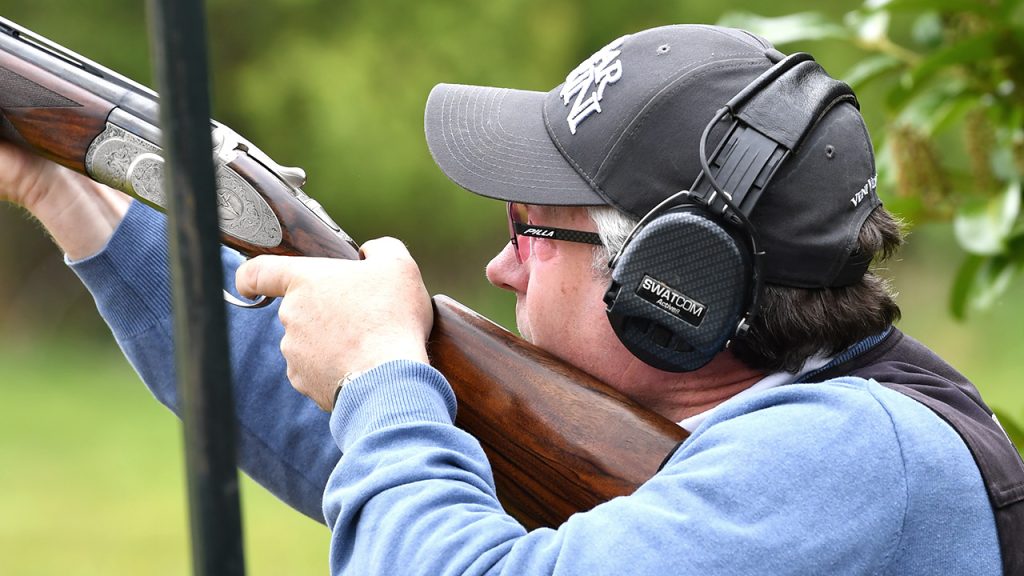Pulsar Accolade 2 LRF XP50 Pro & Pulsar Helion 2 XP50 Pro – reviewed
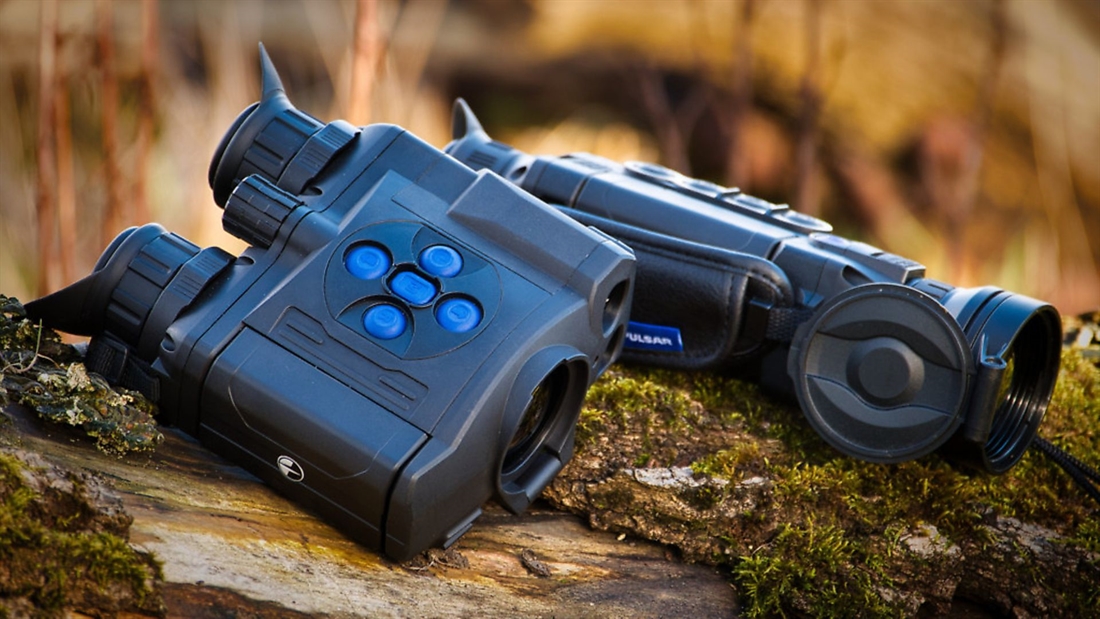
Paul Austin reviews the latest cutting edge thermal upgrades with the Pulsar Accolade 2 LRF XP50 Pro & Pulsar Helion 2 XP50 Pro
It wasn’t that long ago that we had to wait 18 months for a major hardware upgrade from Pulsar, but times have changed. The emergence of iRay and HikVision has clearly forced Pulsar to rethink their strategy. It was only a few months ago that I was reviewing the Accolade 2 and Helion 2 spotters, and yet here we are with the all-new Pro series of both devices.
Pulsar had a clear choice, either discount or innovate. Well, they have definitely chosen the latter and are now basing their business model on the Germanic pricing structure favoured by the likes of Swarovski, Leica and Zeiss. In short… if you want the best, you better be prepared to pay for it.
It’s a tough pill to swallow with 640 sensors on offer from their Chinese competitors at £1,000 cheaper. The question is, are the new flagship products in the Pulsar range really worth all that extra cash?
Before discussing the toe-curling, eye-popping and indeed jaw-dropping price tag of the Pulsars, let’s look at the basic elements that make Pulsar confident you will indeed take a hammer to your piggy bank for their take on the ultimate thermal.
Design & build
With Pulsar, you get the best and toughest build quality, the best materials plus superior ergonomics and functionality, it’s that simple. In my opinion, you also get the best user interface, navigation, wifi connectivity and app, along with the most comprehensive image controls. Their short click, long click selection system have been shamelessly copied by the competition.
In the field, gloved or otherwise, there’s no problem finding and manipulating the controls either day or night. Fingers fall intuitively on buttons and functions, and the whole experience is iPhone-esque in terms of ergonomics and design.
The base mag is 2.5x on both models, stretching out to a rather hopeful 20x. If I could change anything I would probably opt for 2x to 16x, but that’s a personal preference – I tend to shoot at fairly close-quarters on smaller woodland permissions with typical ranges between 50m to 200m. If I regularly shot over 200-acre fields, I’m sure the current base mag wouldn’t bother me.
Another point worth noting is the AMOLED display size of 640×480. This might seem a bit low-res in a world of ‘HD’ this and ‘4K’ that, but that’s all upscaling, basically blowing up the core 640 image from the sensor to fit a larger display. It actually does nothing for the image quality whatsoever, so don’t be put off.
Image quality
Now we’re getting to the crunch. Does the image quality warrant all that cash? If you can afford/justify the investment then yes, definitely, all day long. I’ve been running a couple of version 1 iRay 640 spotters for the last year and I’ve never felt badly done to. They’re great. The image quality is a huge improvement over any 384 sensor and they’ve always got the job done. However, the new Pulsar V2 Pros with the <25mK NETD upgrade are frankly stunning.
Every time I fire up either of these devices I think, wow, that’s impressive. It doesn’t matter if it’s a thermal-friendly day or one of those wet drizzly, foggy mornings that just kill the contrast, they’re just a joy to use. In great conditions, they’re amazing; on poor days, they’re still impressive!
The NETD difference
NETD figures have become the battleground for thermal marketing. <50mK was the norm, then Pulsar upped the game with <40mK with their recent V2 releases, HikVision launched their range with <35mK, and now Pulsar have knocked it back over the net with the <25mk in the new V2 Pros.
I’m going out on a limb here, but I honestly can’t see a better image coming out of a 640 sensor than that which Pulsar have managed to coax out of these new Pro models. The only thing I can see that could push the technology further would be a new larger sensor size, 1280×960 maybe? I think that’s a very long way off and I haven’t heard a single industry rumour to make me think otherwise.
The higher dynamic range provided by a lower NETD figure really comes into its own in a flat thermal landscape. Those cold wet mornings, raining, foggy and damp days is where a lower NETD makes a difference.
Larger sensors are a huge benefit, as they have more pixels to play and can therefore resolve better, something which is further enhanced by a larger 50mm lens. The <25mK figure means extremely subtle differences in temperature are translated into the image much more precisely and that’s the primary advantage.
However, the <25mK of these Pro models adds another dimension in more ways than one. The image itself feels much more three-dimensional in all conditions – there’s more depth, detail and contrast to the image across the board. They’re not simply functional, the image itself is a joy to look at with so much more detail now coming to the fore.
Accolade LRF
My final pat on the back goes to the Accolade LRFs. Most onboard laser rangefinders in the thermal market can’t hold a candle to a dedicated unit but the Accolade’s is the exception. It’s good for the claimed 1,000m and more importantly it’s fast and reliable, pinging the target accurately consistantly at any range.
And finally…
There’s nothing not to like about the new Pulsar Pros. The battery life is exceptional, the performance, image quality and features are unmatched. The only downside is the asking price. Buyers’ remorse isn’t going to be an issue, until the other half discovers how much you’ve spent! If you can afford one, I’m very envious!
Pulsar Helion 2 XP50 Pro & Pulsar Accolade 2 LRF XP50 Pro
f50/1.2 Lens (Accolade 2 LRF XP50 Pro)
f50/1.0 Lens (Helion 2 XP50 Pro)
640×480 thermal core
25mK sensor
17 micron pixel pitch
2.5-20x Magnification
1800m Detection range (Man Sized)
Three observation modes – City, Forest, Identification
Built-in Wi-Fi module
Stream Vision Compatible
Integrated video/photo recording
50hz Refresh Rate
8 selectable colour palettes
Frost resistant 640×480 AMOLED Display (Accolade 2 LRF XP50 Pro)
Frost resistant 1024×768 AMOLED Display (Helion 2 XP50 Pro)
IPX7 Rated
Minimum focus range – 3m
Operating temperatures (-25°C to +50°C)
Weight 0.627kg
Quick-change long-life rechargeable battery packs
Fully Waterproof IPX7
Pulsar Accolade 2 LRF XP50 Pro
As above plus:
Binocular design
Variable interpupillary distance
Built-in 1000m Laser Rangefinder
Weight 0.790kg
Pulsar Helion 2 XP50 Pro: £3,399.95
Pulsar Accolade 2 LRF XP50 Pro: £4,649.95
Supplier: Thomas Jacks
Related Articles
Get the latest news delivered direct to your door
Subscribe to Rifle Shooter
Elevate your shooting experience with a subscription to Rifle Shooter magazine, the UK’s premier publication for dedicated rifle enthusiasts.
Whether you’re a seasoned shot or new to the sport, Rifle Shooter delivers expert insights, in-depth gear reviews and invaluable techniques to enhance your skills. Each bi-monthly issue brings you the latest in deer stalking, foxing, long-range shooting, and international hunting adventures, all crafted by leading experts from Britain and around the world.
By subscribing, you’ll not only save on the retail price but also gain exclusive access to £2 million Public Liability Insurance, covering recreational and professional use of shotguns, rifles, and airguns.
Don’t miss out on the opportunity to join a community of passionate shooters and stay at the forefront of rifle technology and technique.



